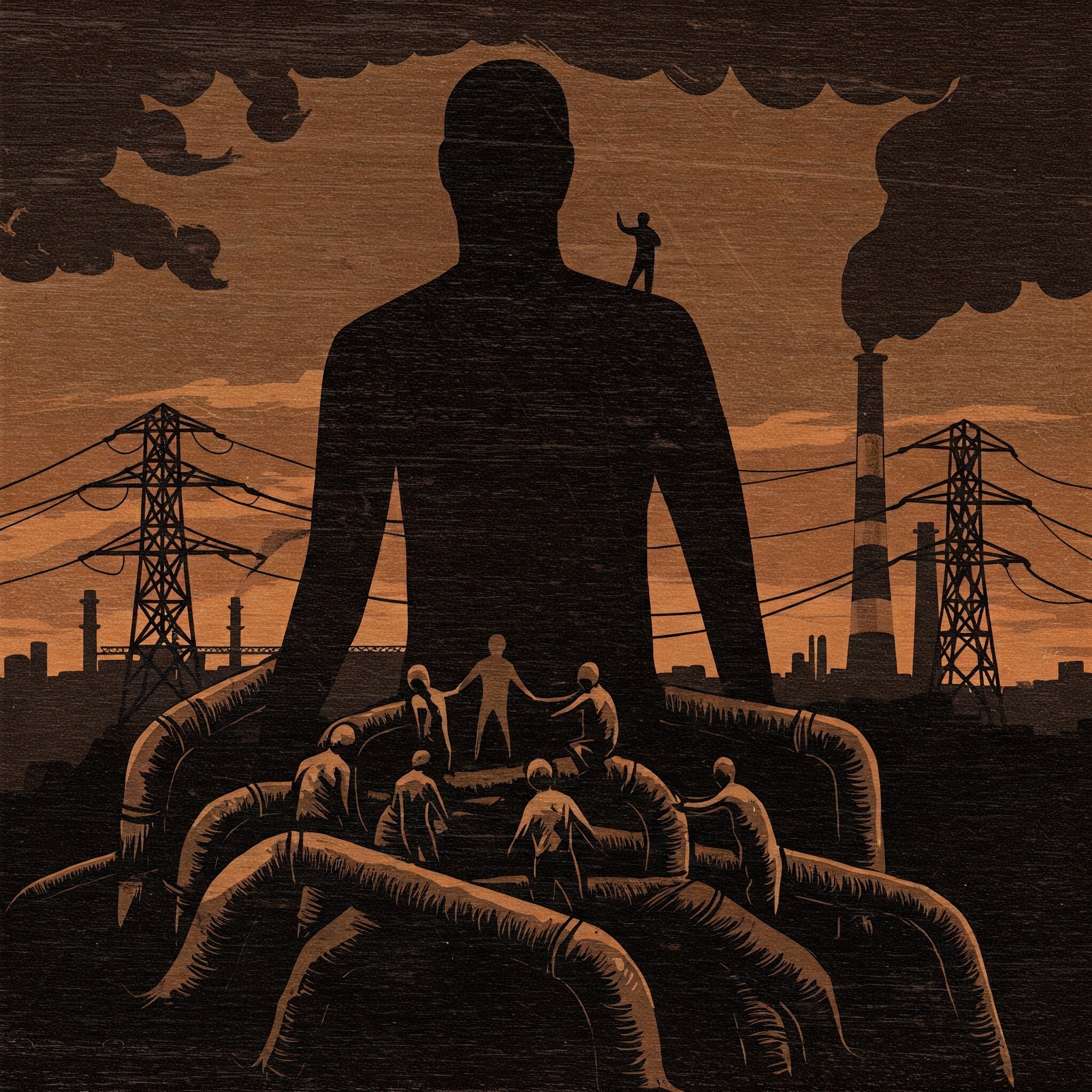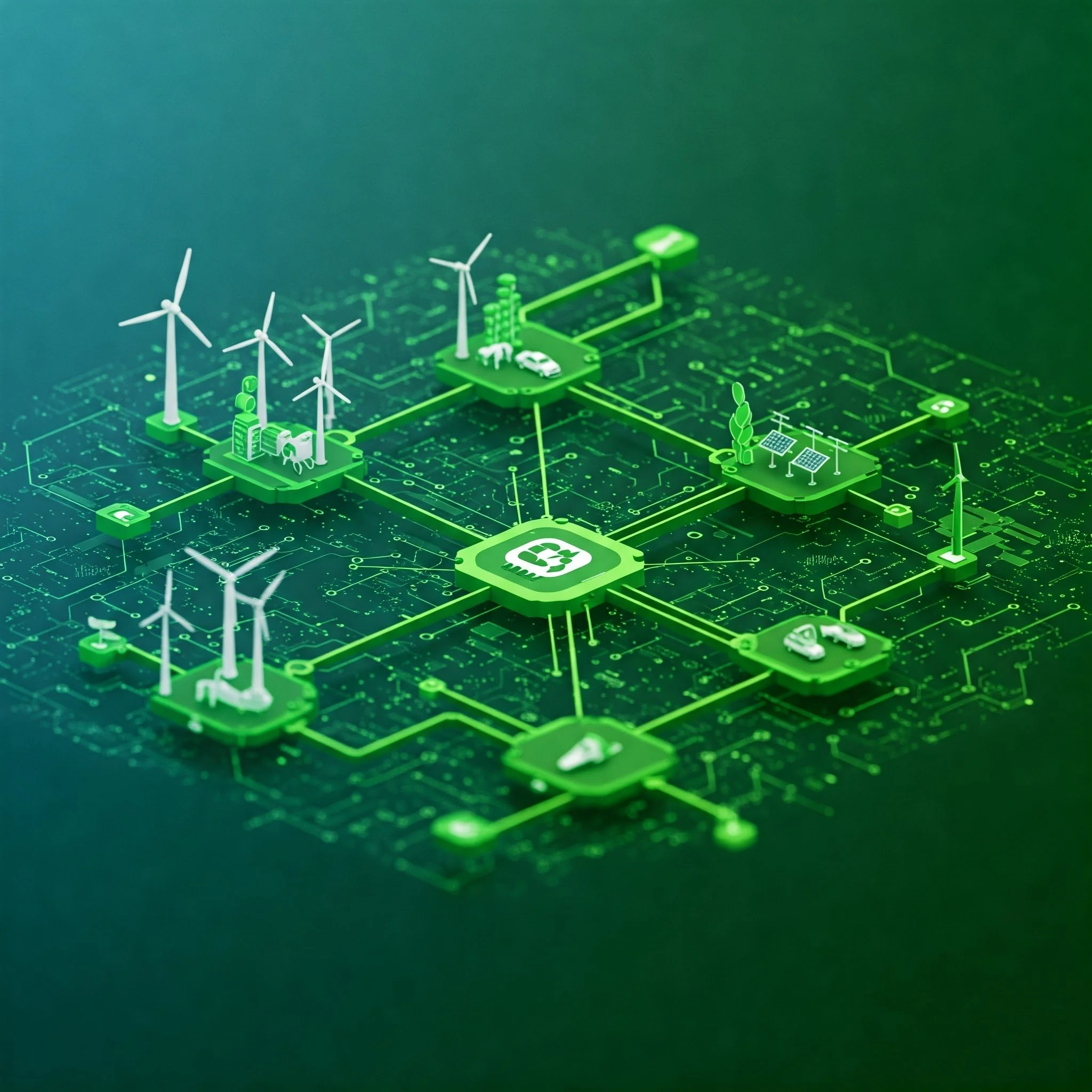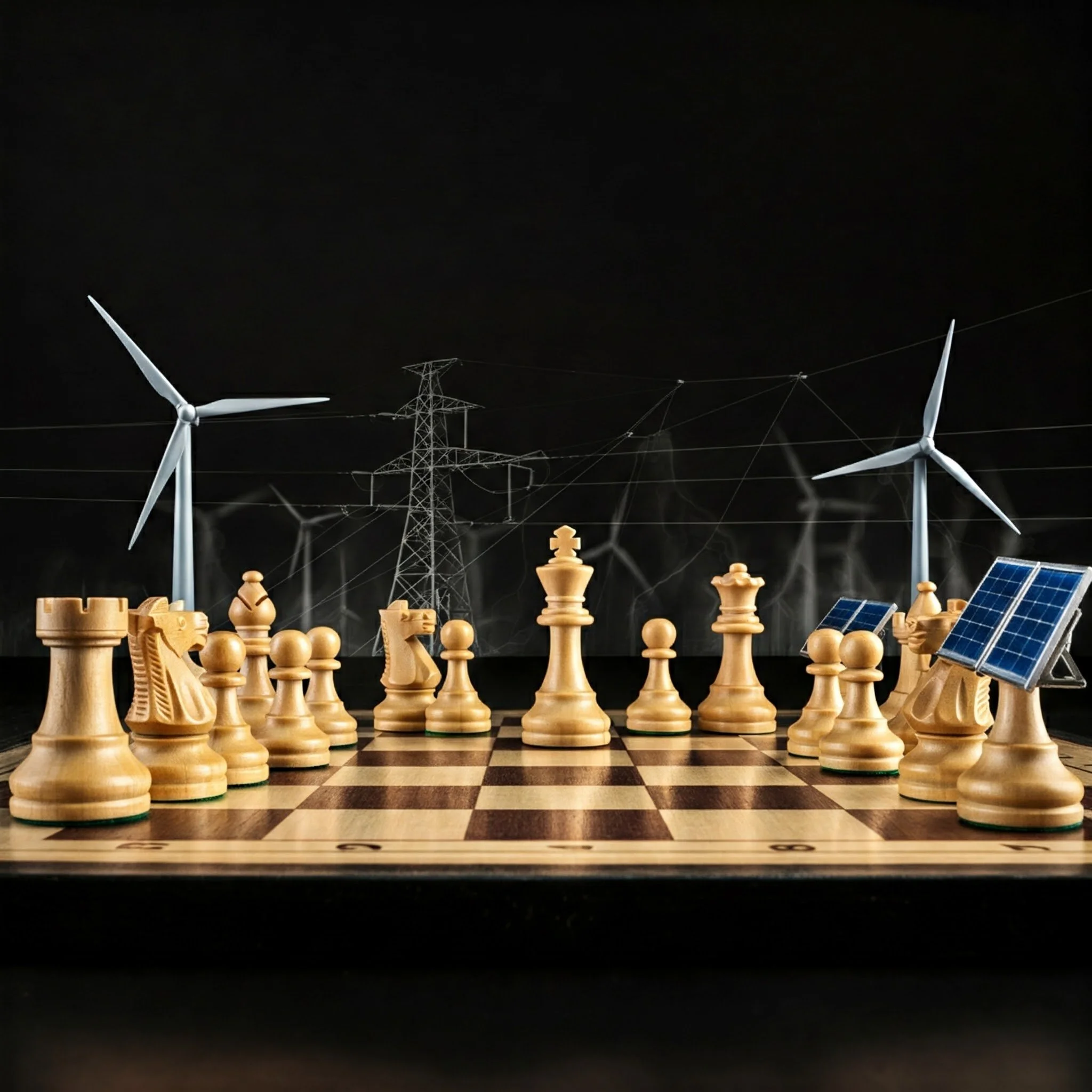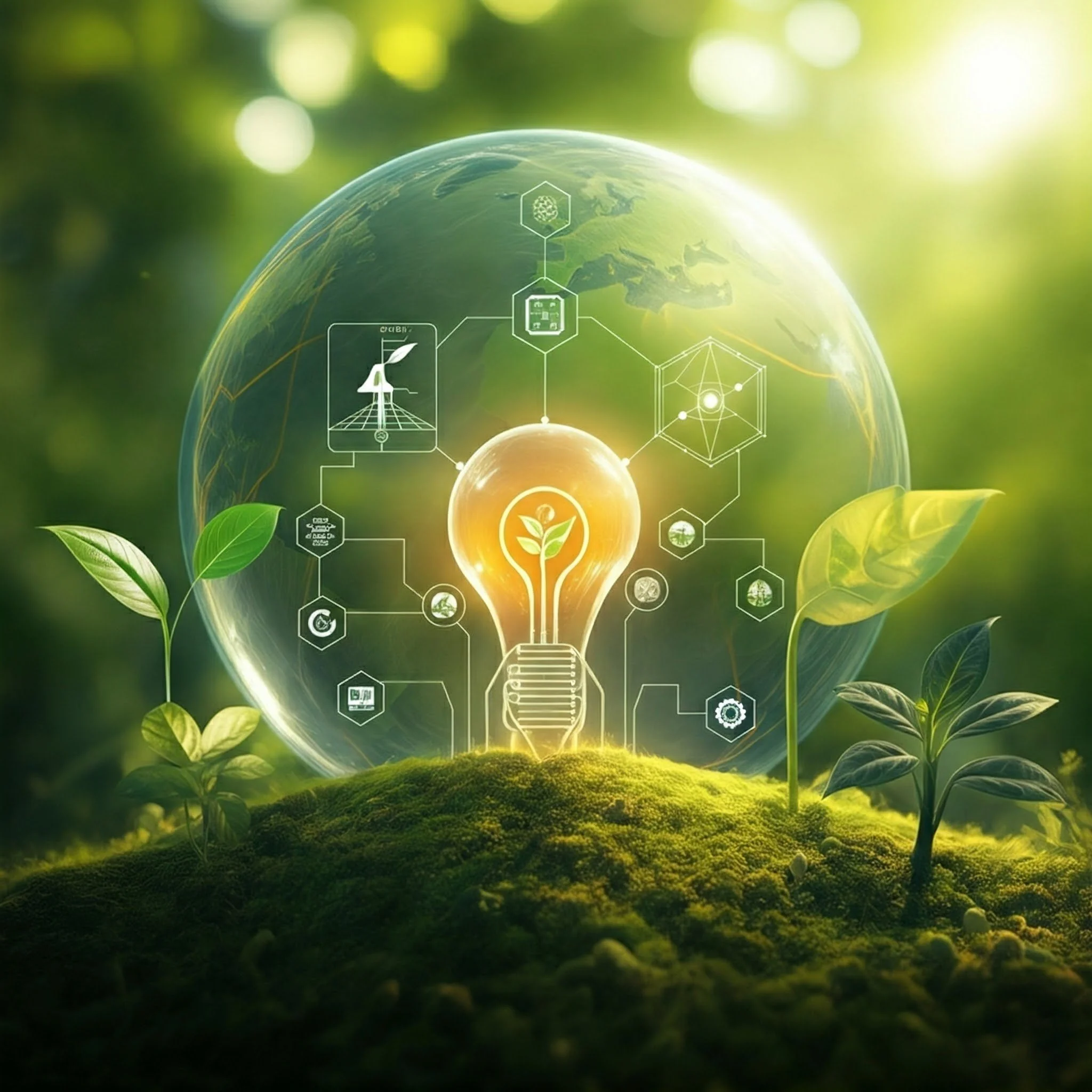The Virtual Powerhouse: How Digital Twins are Revolutionizing the Energy Sector
The energy sector, a cornerstone of modern civilization, is undergoing a profound transformation driven by the need for greater efficiency, sustainability, and resilience. Amidst this evolution, a powerful technology is emerging as a game-changer: the digital twin. More than just a fancy visualization, a digital twin is a dynamic virtual replica of a physical asset, process, or even an entire energy system, constantly updated with real-time data to mirror its real-world counterpart. This sophisticated mirroring offers unprecedented opportunities to optimize operations, predict failures, and pave the way for a smarter, more sustainable energy future.
Why Industrial Giants Are Rethinking the Grid with DERs
The traditional model of large industrial facilities drawing all their power needs from a centralized utility grid is undergoing a significant transformation. A growing trend, often referred to as "grid defection" or more commonly, "grid optimisation," sees industrial energy consumers actively incorporating Distributed Energy Resources (DERs) to manage their energy supply, cost, and reliability. While complete disconnection from the grid remains rare for large industrials due to the sheer scale of their energy needs, the move towards greater energy independence and reduced reliance on the traditional grid is undeniable.
Trustless Networks for a Transparent and Efficient Energy Ecosystem
The energy sector, a cornerstone of modern society, is undergoing a profound transformation driven by the urgent need for sustainability, efficiency, and resilience. As renewable energy sources gain prominence and the grid becomes increasingly decentralized, innovative technologies are required to manage this complexity. Enter trustless networks, powered primarily by blockchain technology, which are revolutionizing how we generate, distribute, and consume energy.
The Energy Regulator's Role in the 21st Century Electric Grid
The 21st-century electric grid is undergoing a significant transformation, driven by the need for decarbonization, integration of renewable energy sources, and increased consumer participation.
In this evolving landscape, energy regulators play a crucial role in ensuring a smooth and equitable transition. While their traditional responsibilities include market oversight and consumer protection, regulators are increasingly exploring innovative technologies like blockchain and Decentralized Autonomous Organizations (DAOs) to enhance grid efficiency, resilience, and sustainability.
Bottom-up Energy Planning
The evolution of the electric grid is undergoing a profound transformation, driven by the rise of distributed energy resources (DERs) and the urgent need for a more sustainable and resilient energy system.
In this context, the convergence of blockchain technology and Decentralized Autonomous Organizations (DAOs) presents a solution for bottom-up energy planning.
Inertia Monitoring
The modern electric grid is undergoing a dramatic transformation, driven by the urgent need to transition to renewable energy sources. While wind and solar power offer a cleaner future, their inherent variability poses significant challenges to grid stability. One critical factor is inertia – the grid's ability to resist sudden frequency changes. As traditional synchronous generators are replaced by inverter-based renewables, this vital inertia reserve dwindles, increasing the risk of frequency fluctuations and potential blackouts.
Decentralized Energy Systems
The energy sector is moving beyond traditional centralized systems to embrace a decentralized future. At the forefront of this shift are Decentralized Autonomous Organizations (DAOs) and blockchain technology, which together offer a framework for revolutionizing energy trading.
How to Achieve Equitable Green Growth?
Decentralized Autonomous Organizations (DAOs), built on blockchain technology, offer a framework for transparent, community-driven governance. They eliminate traditional hierarchies, empowering stakeholders to directly participate in decision-making.
DAOs hold significant power to drive equitable green growth, particularly in ensuring that the energy transition benefits economically disadvantaged and Indigenous communities.
The Shadow of Exploitation
The electric industry, while vital to modern life, grapples with persistent issues of consumer exploitation. Skyrocketing energy bills, opaque pricing structures, and the vulnerability of certain demographics have eroded public trust. However, a remedy lies in the synergy of blockchain technology, Decentralized Autonomous Organizations (DAOs), and proactive energy regulators.
The Indispensable Role of DERs in the 21st Century Electric Grid
The 21st-century electric grid is undergoing a dramatic transformation, moving away from a centralized, fossil-fuel-dependent model towards a more distributed, renewable, and resilient system. At the heart of this revolution lie Distributed Energy Resources (DERs), a diverse collection of smaller-scale power generation and storage technologies located closer to consumers. DERs are no longer a fringe concept; they are essential components of a modern, reliable, and sustainable power system.
Reimagining the Energy Market: A Local Focus
The energy market, is facing increasing pressure from the rise of distributed generation, the need for rapid decarbonization, and evolving consumer expectations. A fundamental redesign, focusing on local energy markets, is crucial for a sustainable and resilient energy future.
This article explores how such a redesign could be implemented and the vital role of, the energy regulator.
Utility and Governance Tokens in the Energy Sector
The energy sector is undergoing a transformation, moving away from centralized systems towards a more decentralized, community-driven approach. Blockchain technology, with its innovative use of utility and governance tokens, is at the forefront of this revolution, empowering individuals and reshaping how we interact with energy. Imagine a future where you can buy and sell locally generated renewable energy directly from your neighbours, all facilitated by a transparent and secure system. This is the offering of local energy markets, and blockchain technology, through utility and governance tokens, is key to unlocking this potential.
The Energy Trilemma
The energy trilemma is a global challenge that describes the need to balance three competing objectives:
Energy security: Ensuring a reliable and stable energy supply.
Energy affordability: Providing access to affordable energy for businesses and households.
Environmental sustainability: Reducing carbon emissions and mitigating climate change.
Traditional energy systems struggle to achieve all three objectives simultaneously. However, blockchain technology and Decentralized Autonomous Organizations (DAOs) offer innovative solutions that solve the energy trilemma.
How Game Theory is Shaping the Energy Future
The energy landscape is undergoing a dramatic transformation. With ambitious net-zero targets and the rise of renewable energy sources, the traditional, centralized model is giving way to a more dynamic and decentralized system. In this complex environment, game theory is a powerful tool to understand and optimize the interactions between various players in the energy market.
How Energy Regulators Can Empower Consumers
Energy regulators hold significant power in shaping the energy market and influencing the experiences of consumers. By embracing innovative approaches and prioritizing consumer needs, regulators can empower individuals and drive positive change within the energy sector.
Energy Security in the Digital Age
The quest for energy security in the 21st century is inextricably linked to strategic technology choices and the sophisticated information systems that underpin them. As nations strive for reliable, affordable, and sustainable energy sources, the integration of digital technologies is no longer an option, but a necessity.
Blockchain Smart Meters and DAOs: A New Era of Energy Consumer Protection
The convergence of blockchain technology, smart meters, and Decentralized Autonomous Organizations (DAOs) is revolutionizing the energy sector, offering unprecedented levels of transparency, security, and control for consumers.
A Energy Market for the 21st Century
The energy landscape is undergoing a dramatic shift. Renewable energy sources like solar and wind are proliferating, and with them, a growing interest in local energy markets (LEMs). Could these localized grids ultimately replace the whole energy market, and what would that mean for consumers?
Why We Need Distribution System Operators (DSOs)?
The energy transition is a monumental shift, moving us from fossil fuels to renewable sources. While solar panels, wind turbines, and electric vehicles grab the headlines, there's a less glamorous player working behind the scenes to make it all possible: the Distribution System Operator (DSO).
Distributed, Customer-Centric Model
The energy landscape is undergoing a profound transformation. No longer reliant solely on large, centralized power plants, we're moving towards a more distributed, customer-centric model powered by Distributed Energy Resources (DERs). This shift is redefining how we generate, consume, and manage energy, placing power (literally!) back into the hands of consumers.




















